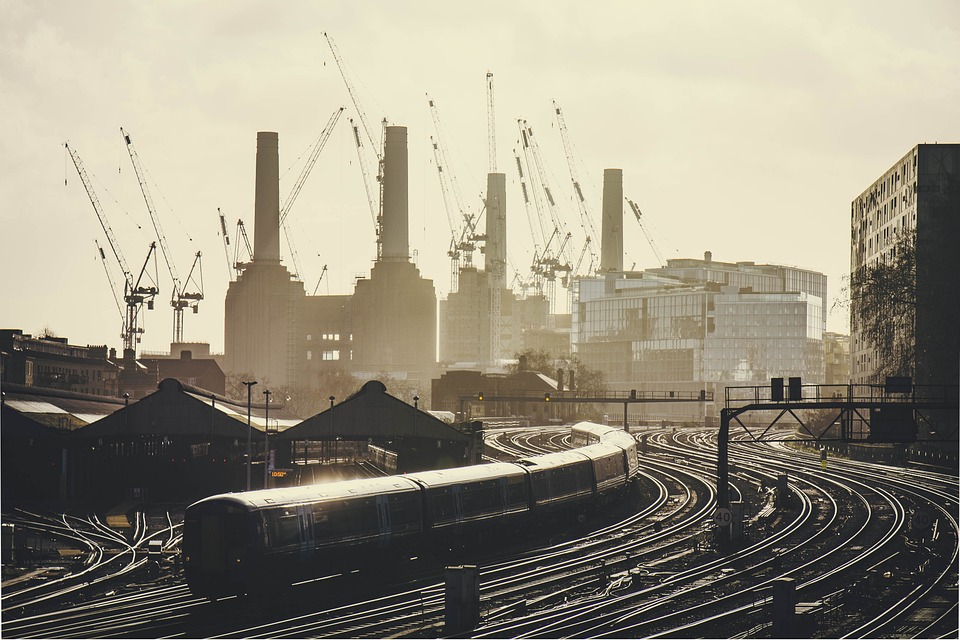
New York, a state known for its diverse population and bustling urban centers, has always been a crucial battleground for political power. With its rich history and complex demographics, political dynamics in New York have always been intriguing and often surprising. In recent years, the shifting alliances and strategies of politicians in the state have become increasingly apparent, making for an exciting political landscape.
One of the most significant changes in New York’s political dynamics has been the rise of progressive politics in the state. With the election of Alexandria Ocasio-Cortez to Congress in 2018, there has been a visible shift in the political climate, with more focus on issues like income inequality, affordable housing, and climate change. This shift has prompted many established politicians to reevaluate their positions and embrace more progressive stances in order to stay relevant.
The Democratic Party, historically dominant in New York, has seen internal divisions as the progressive wing gains more power. Governor Andrew Cuomo, a long-time establishment Democrat, has had to navigate these new political currents, often finding himself at odds with the more progressive members of his own party. Additionally, the rise of progressive challengers in state and local elections has put pressure on incumbent Democrats to adopt more progressive platforms or risk losing support.
On the Republican side, the party has struggled to maintain relevance in New York’s predominantly liberal political landscape. With the decline of moderate Republicans and the rise of the far-right, the Republican Party has faced a challenging environment in the state. However, there have been efforts to rebrand and reposition the party, with a focus on suburban voters and moderate conservatives, in order to gain a foothold in the state’s politics once again.
In addition to these shifts within the two major parties, third-party and independent candidates have also played a role in New York’s political dynamics. The Working Families Party, a progressive political party with significant influence in the state, has often endorsed candidates from the Democratic Party, but has also fielded its own candidates in some races, adding another layer of complexity to the political landscape.
The changing political dynamics in New York have also been shaped by demographic shifts in the state. The growing influence of young, diverse voters has pushed politicians to address issues important to these groups, and has also led to increasing diversity among elected officials. This has forced politicians to adapt their strategies to appeal to a broader and more diverse electorate.
As the 2022 midterm elections approach, the political dynamics in New York will continue to evolve. With open seats in key positions and potential primary challenges, politicians will have to carefully navigate the changing alliances and strategies that define the state’s political landscape. The rise of progressive politics, the struggle for relevance within the Republican Party, and the influence of third-party and independent candidates will all play a role in shaping the future of New York politics.
Overall, the complex and ever-changing political dynamics in New York make for an exciting and volatile environment. With shifting alliances and strategies, politicians will need to stay nimble and adaptable in order to thrive in this dynamic political landscape.







